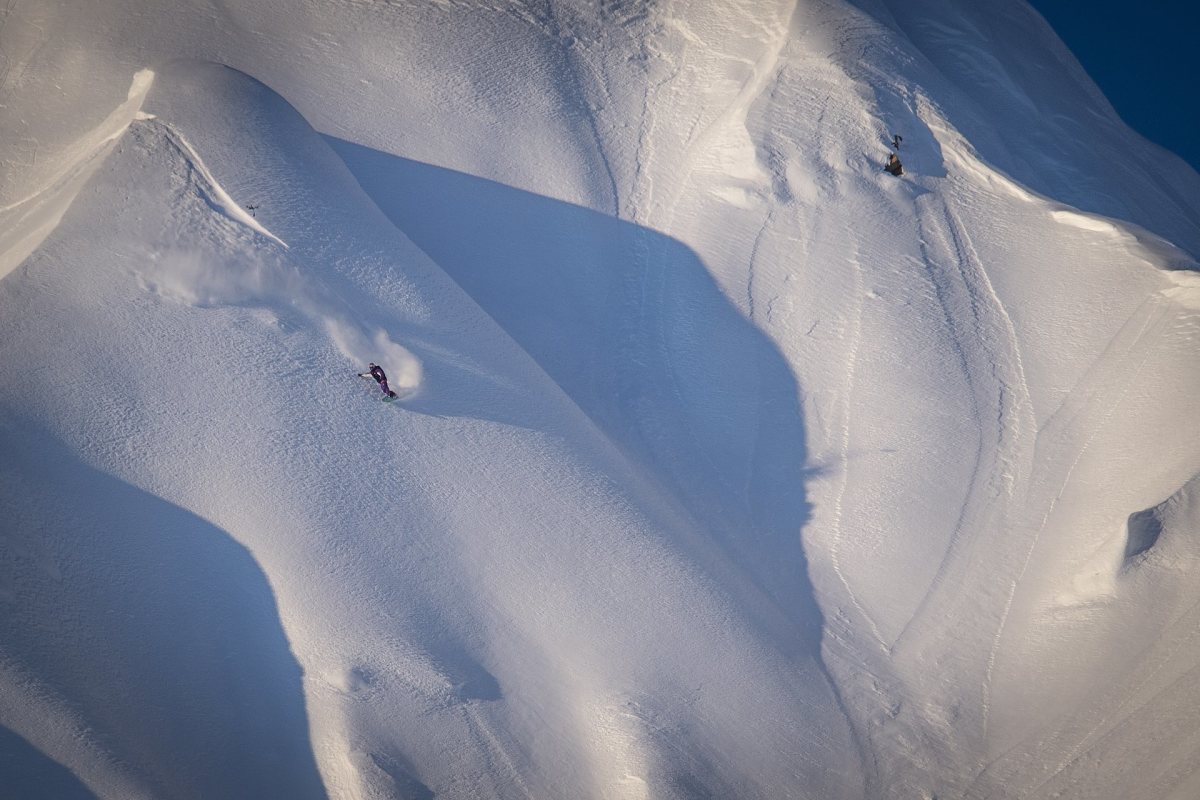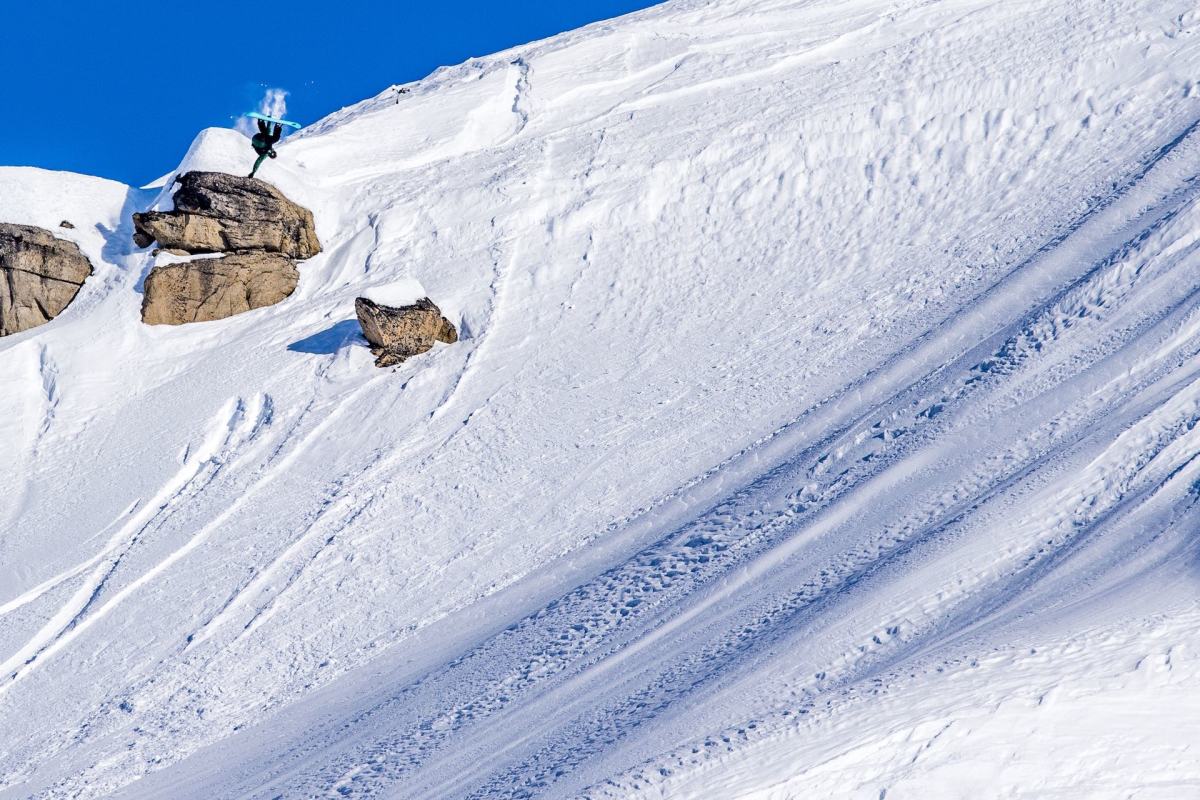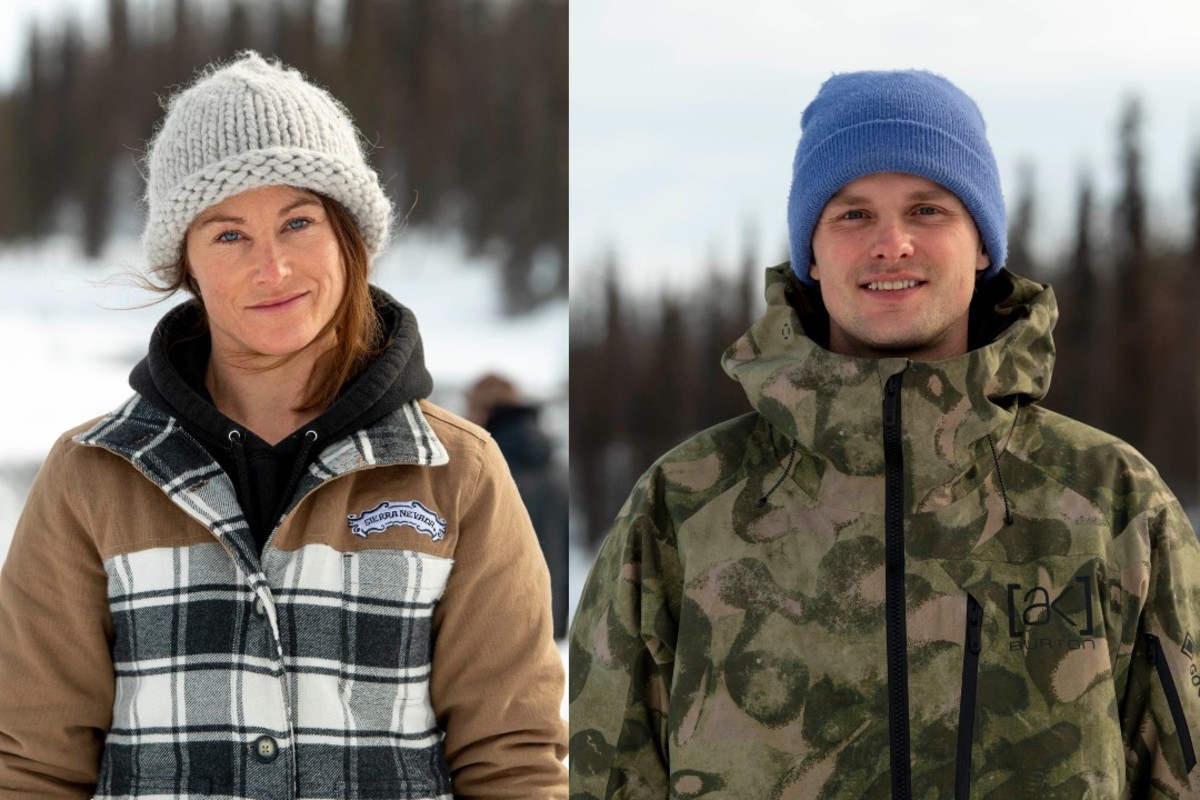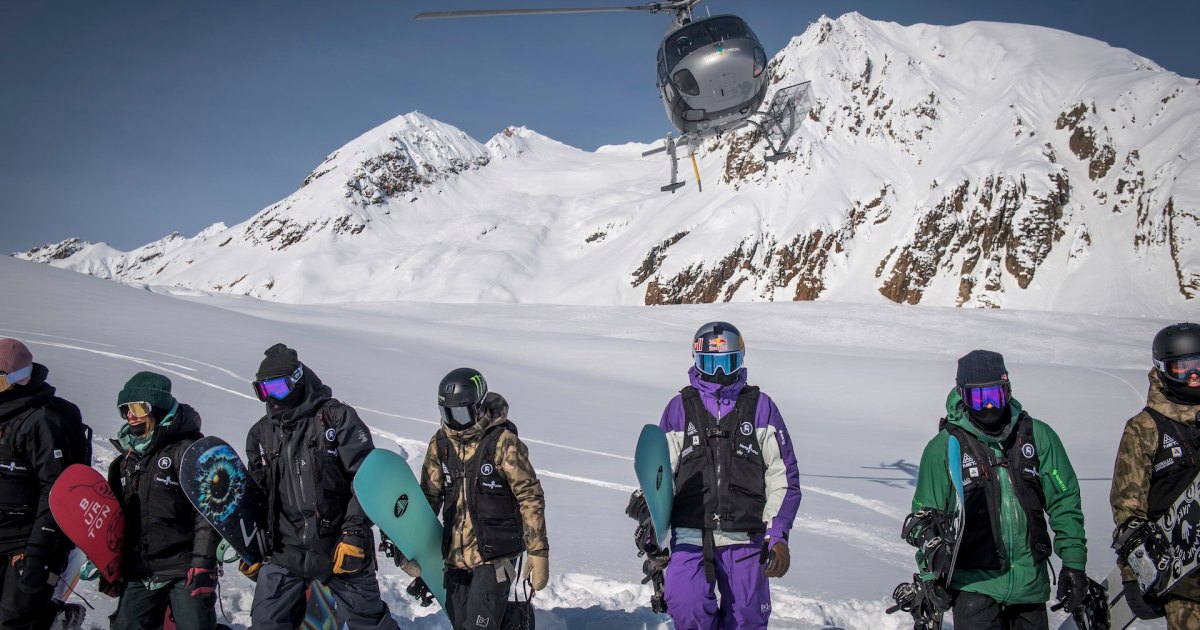No products in the cart.
Fitness Tips
Snowboarding Crowns World’s Best All-Mountain Riders in Series Finale
Early morning sunrays lit up the sheer 40-degree slope as the first competitor dropped into the 2,200-vertical-foot-long Alaskan face. Ahead of this final day of snowboarding competition at the third and final stop of the Natural Selection Tour, there was one question on everyone’s mind: What type of rider would excel in such a demanding venue? The slope ahead required a mastery of route-finding, an understanding of variable snow conditions and the air awareness (and confidence) to boost off unknown takeoffs. Would it be riders with traditional contest backgrounds, or riders who spend their winters in the backcountry—or the rare riders with the experience to do both?

Travis Rice, pro snowboarder and the creator of the Natural Selection Tour, chose these mountains in Alaska for their limitless potential and outcomes—terrain that allows for the ultimate creativity and line choice to push the levels of snowboarding.
The field of competitors was a modest seven riders who had all earned a spot here through the previous two stops of the tour: the first, a multi-day live event at Wyoming’s Jackson Hole Mountain Resort featuring 24 riders competing head-to-head on a feature-filled powder face; followed by Stop No. 2, a venue deep in the backcountry of British Columbia at Baldface Valhalla, where an all-Canadian roster of riders had full access to film a judged video part. The top winners from Wyoming who earned a spot in Alaska included 20-time X Games medalist Mark McMorris and 19-year-old Zoi Sadowski-Synnott, a rider better known for her podium performances in Olympic Big Air and X Games Slopestyle. At the Canadian stop, in contrast, the podium was populated by two riders with almost zero contest experience: Whistler-based backcountry powerhouse Chris Rasman and celebrated big-mountain freestyle rider Robin Van Gyn. The roster was rounded out by fellow Jackson Hole podium finalists including one-time Olympic halfpipe competitor, Ben Ferguson, slopestyle and big mountain expert, Norwegian Mikkel Bang, and finally veteran backcountry rider Hana Beaman. An unusual competition mix of well-known Olympians and backcountry pros. Who would prevail?

In the end, it was a question of risk versus reward, as Jackson Hole fan favorite Bang earned the top score of the day on his second run featuring full-send commitment and fluidity from top to bottom. Bang, a rider who last stood on the podium at the Burton U.S. Open snowboarding contest in 2012 before launching into a career filming in the backcountry, showed off his expertly rounded skillset and basically put on a demo. He linked smooth enviable turns, linking up transitions, and dialing in precision landings. He launched off blind takeoffs, executing both a stylish frontside 360, and a risky backside 540 spin, which required landing backwards in a narrow rocky pocket.
Canadian Van Gyn followed to take the win for the women, relying on a career spent riding in the backcountry, to smoothly navigate the vast face, opting to blast off the biggest cliff in the venue with a clean stomp. The risk in both lines was clear, the style was palpable, and the stoke of their fellow competitors at the bottom was unmistakable. This was the competition and spectator experience Rice had worked toward for the last decade-plus. The results were kept under wraps for weeks and then finally revealed in a two-and-half-hour show now streaming on Red Bull TV, where Van Gyn and Bang were officially crowned as the world’s best all-mountain snowboarders.

As part of the show, Rice put on his commentator hat helping to provide context and a deeper understanding for viewers. A veteran big-mountain freestyle rider with extensive contest and movie accolades to his name, throughout the show, Rice guides viewers through each rider’s run, sharing observations about uniquely Alaskan snow quality, insights into rider’s line selection, sharing hazards and challenges on the side of this Alaskan peak that you wouldn’t think to wonder about. Through the course of the competition, we see McMorris, a rider who is usually infallible, uncharacteristically stray from his line (which McMorris confirms with some color commentary). We see expert riders misread the terrain and splat into the side of snowy spines, we see riders hesitantly scratch down steep faces. We also see incredible feats of snowboarding, where it’s clear to any viewer the true artistry and skill at work, linking up turns down an undulating spine, the clear confidence with which the rider sends it off a blind takeoff, and the sheer physical stamina needed to descend this 2,200-foot slope as the riders audibly huff and puff through the final wide-open face.
Thanks to compelling and, in some ways, relatable moments like these, Rice’s three-stop Natural Selection Tour has earned a huge fan base this winter. The Natural Selection Tour is being hailed as the salve to a wound that many see in the current state of competitive snowboarding. To pull the lens back a bit, you might be surprised to learn that snowboarding, a sport founded in the American Midwest in 1965 and popularized in the ’90s, has found itself in its midlife years a bit introspective and restless. Outside of the 7.8 million actual participants in the U.S. (according to a recent Snowsports Industry study), most people’s relationship with the sport begins and ends as a television spectator for the annual Winter X Games, or even more infrequently, the Winter Olympics.
It is here that a subset of snowboarding’s torchbearers are wringing their hands over the state of competition. The concern, in short, focuses two-part: first the emphasis on the hard-to-follow N+1 type of progression alternately referred to as ‘spin to win’; secondly, it’s the notion that the over-manicured venues are un-relatable to what a snowboarder would encounter at a resort. The fear is that competitive snowboarding could go the way of bobsledding, requiring access to a specialized venue, or aerial skiing, where style and culture are eclipsed by rotational one-upmanship that only few can follow.
The Natural Selection has, in essence, charted a new way forward for the sport. Through a new venue that relies on Mother Nature’s natural terrain (and is likewise at the mercy of her weather whims). The event, in the process, has also revolutionized event coverage, capturing a first person video-game angle using FPV racing drones piloted by world champion drone pilots to allow viewers to experience the action up close from the rider’s POV. The quick head-to-head formats are also easier to follow along with than tracking a day’s worth of scores. And the variety of riding styles on display, thanks to such diverse rider backgrounds, gives the event another layer of interest that doesn’t require slo-mo and a pocket calculator to comprehend.
As for the future of this event, Rice promises that this is just the ground floor, he says, “I’m pretty sure we’ll look back at this event in four of five years and say, ‘Oh the riding was pretty mellow. People were playing it pretty safe.’”
Calling this first season “a foundation that we can now build upon,” Rice is confident that as the riders get more comfortable and the venues continue to scale up, that, in short, “There is no f—king ceiling.” Stay tuned for the Natural Selection Tour 2022.
For access to exclusive gear videos, celebrity interviews, and more, subscribe on YouTube!
Source link

